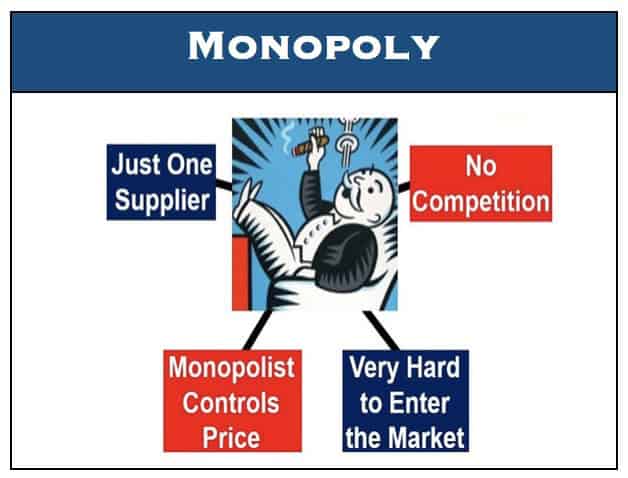

Overall, only 15 cents of every dollar we spend in the supermarket goes to farmers. Farms and meat processing plants are among the most dangerous and exploitative workplaces in the country. It also means those who harvest, pack and sell us our food have the least power: at least half of the 10 lowest-paid jobs are in the food industry. This matters because the size and influence of these mega-companies enables them to largely dictate what America’s 2 million farmers grow and how much they are paid, as well as what consumers eat and how much our groceries cost. The size, power and profits of these mega companies have expanded thanks to political lobbying and weak regulation which enabled a wave of unchecked mergers and acquisitions. In fact, a few powerful transnational companies dominate every link of the food supply chain: from seeds and fertilizers to slaughterhouses and supermarkets to cereals and beers. Investigation shows scale of big food corporations' market dominance and political powerĪ handful of powerful companies control the majority market share of almost 80% of dozens of grocery items bought regularly by ordinary Americans, new analysis reveals.Ī joint investigation by the Guardian and Food and Water Watch found that consumer choice is largely an illusion – despite supermarket shelves and fridges brimming with different brands. Supported by About this content Nina Lakhani, Aliya Uteuova and Alvin Chang


 0 kommentar(er)
0 kommentar(er)
